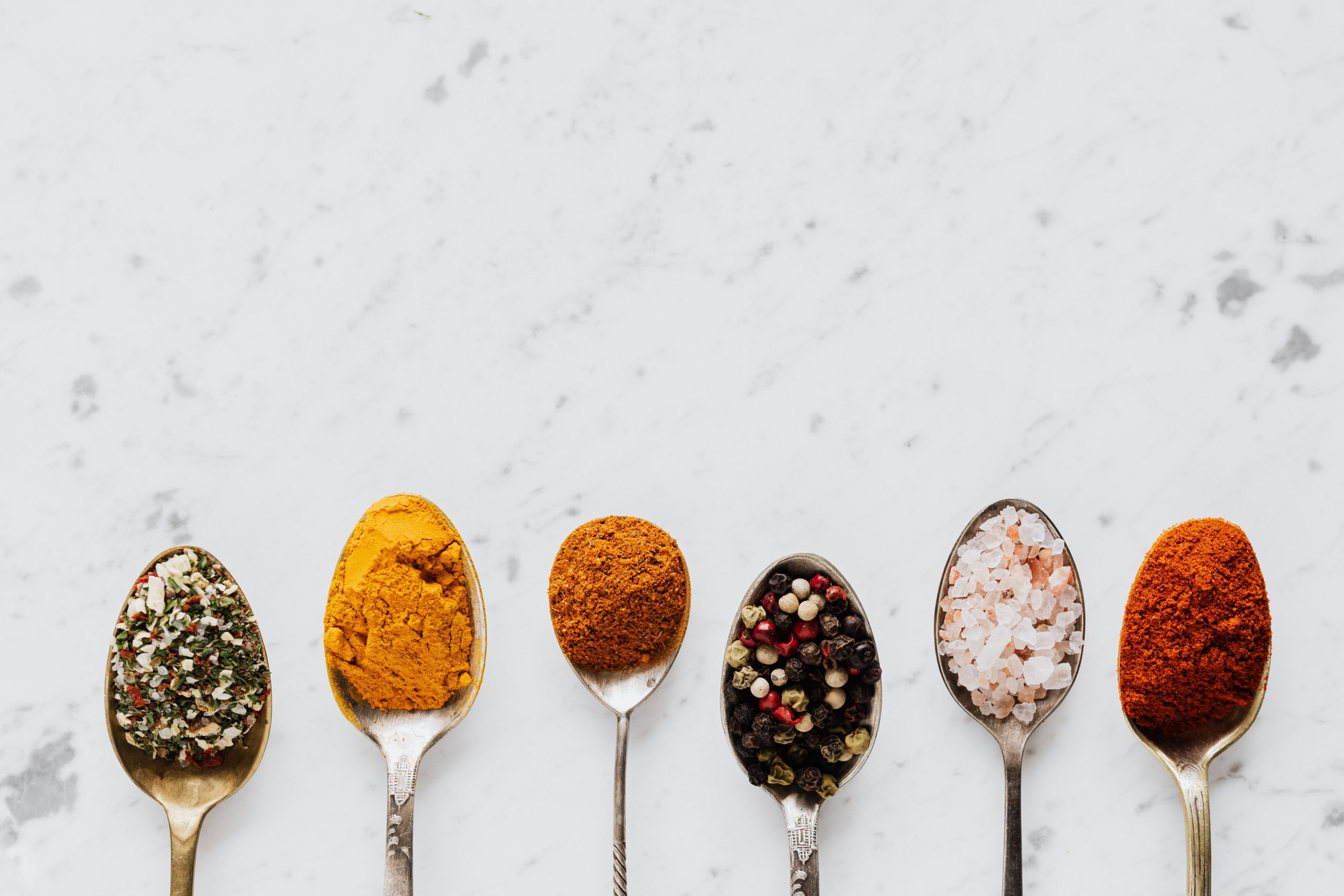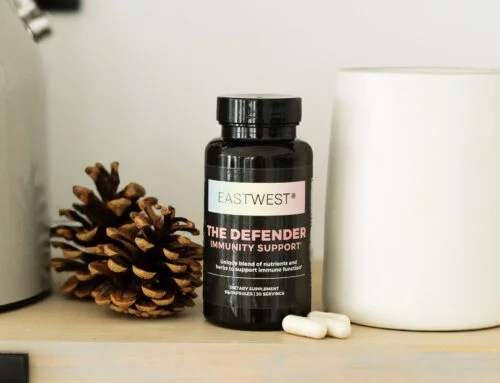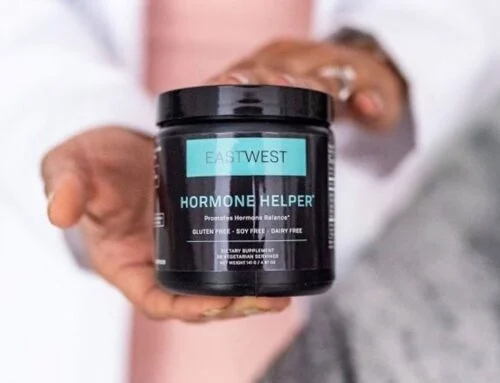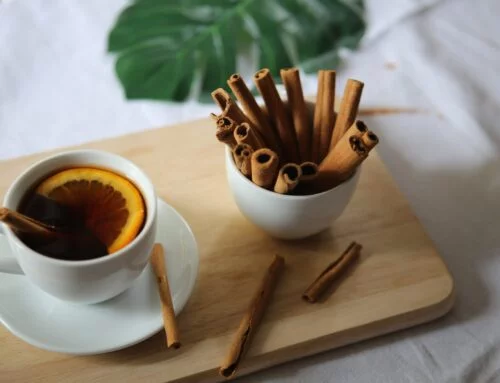Until recently, many in the world of allopathic medicine disregarded the benefits of what is widely known as ‘alternative medicine’.
Now natural medicine is being given the recognition it deserves – most commonly used alongside allopathic medicine to treat and manage illnesses and long-term conditions.
In this article we’ve rounded up some of the most popular ancient treatments and ingredients still used today with great success – from acupuncture and Amla to Turmeric and detoxing.
Acupuncture and Cupping
Celebs such as Gwyneth Paltrow, Jennifer Aniston and Kim Kardashian have paved the way for cupping becoming a mainstream trend – but like many ‘alternative’ therapies that appear to be novel in the West, cupping has been around for thousands of years. It originated in the East, with evidence of cupping being used as a therapeutic treatment found in Egyptian, Chinese and Middle Eastern cultures.
Cupping involves placing special cups (usually made of glass) treated with medicinal herbs onto the body where they form a tight vacuum, increasing circulation to the area. It is said to help the flow of life force energy or ‘qi’ (in Chinese medicine, Prana in Ayurveda) through the body. Cupping is often used to treat muscle aches and pains, but it is also said to relieve symptoms of skin disorders such as acne and eczema, spinal disorders, arthritis and even impart anti-ageing benefits.
Acupuncture is closely linked to cupping and is sometimes used alongside it to maximise results. In essence it’s the more popular of the two – with its benefits recognised by and often employed alongside modern medicine. Acupuncture has been shown to be an effective treatment for migraine, joint pain and arthritis. It is now commonly offered alongside allopathic treatments and is more widely accepted by modern medics as an effective, non-invasive therapy – often with fewer side-effects compared with pharmaceutical interventions. Cosmetic Acupuncture is also emerging as a popular trend – where practitioners use careful placement of needles to nourish and plump the skin for an anti-ageing effect.
 Detoxing
Detoxing
When you think ‘detox’ you might have juicing, fasting and ‘skinny teas’ in mind – along with feeling hungry, sitting on the toilet and drinking lots of water. Detoxing is a modern trend, but the disciplines and known benefits behind contemporary detox methodologies have been studied and employed for many years. What modern detoxes are often missing is a holistic approach which ensures that your body is both protected and fully benefits from the detoxification process.
In Ayurveda medicine, detoxing in a similar format we know it today is known as Panchakarma. This is the most famous detoxification process in Ayurveda, utilising five purification methods to purge and eliminate toxins from the body. The aim of Panchakarma is to balance the three doshas, in turn supporting better overall health and wellbeing.
Panchakarma mirrors modern Western detoxes in that it recommends holistic detoxification, such as through sweating, cleansing the intestinal tract. Alongside the purification process patients should only eat light, veg-based meals (Kitchari), maintaining this for the first 3-4 days before reintroducing soups, pulses and spices, much like a juice cleanse.
If you feel sluggish and in need of a cleanse but don’t wish to undergo anything too intensive, gentle detoxing can be achieved through diet and herbal supplementation.
Turmeric
It’s been heralded as the latest ‘superfood’ in the West – but the benefits of Turmeric are no secret in Eastern medicine. For centuries Ayurveda doctors have used turmeric to support the body and brain with its anti-inflammatory, antioxidant properties.
It’s actually curcumin, the compound in turmeric that imparts its beautiful deep yellow color, that imparts bioactive medicinal properties. The curcumin content of turmeric is relatively low, so supplementation is one of the most effective ways to enjoy its benefits. As Turmeric has experienced increasing popularity in modern natural medicine, various high-profile studies have been conducted to test its efficacy and benefits. In some tests curcumin matched the anti-inflammatory properties of certain drugs, as well as boosting brain function and lowering risk of heart disease. Studies also found that curcumin is poorly absorbed into the bloodstream – taking it with black pepper increases absorption by up to 2000%.
Haldi Doodh, commonly known in the West as ‘Golden Milk’, is now a trendy order at your local coffee shop – but its origins as a medicinal tonic developed to treat colds, flu and stomach upsets are much more impressive. The warming, earthy spicy properties of turmeric, and soothing milk are also said to provide anti-fungal, anti-viral and anti-bacterial properties.
 Triphala
Triphala
Used as a healing remedy for thousands of years, adaptogen Triphala is a staple in Ayurveda medicine. As the name suggests, Triphala consists of three medicinal plants native to India. In modern natural medicine these are known as ‘polyherbal formulations’ – where powerful herbs that work well together are combined to enhance the effects of each. Amla, Bibhitaki and Haritaki form. The powerful triad of ingredients in Triphala present impressive benefits in their own right as well as their symbiotic relationships with one another, which produce equally remarkable results.
In Ayurveda Triphala is used for a huge variety of conditions and ailments from asthma and respiratory difficulties to stomach ulcers and heart disease. The known and studied benefits include anti-inflammatory properties (thanks to high levels vitamin C and flavonoids) laxative effects. It’s usually taken as a powder in drinks, juices or smoothies – or in capsule format.
Amla
Also known as Indian Gooseberry, Amla is an all-star ingredient packed with health-boosting properties. It is incredibly high in antioxidants including polyphenols, alkaloids and flavonoids, as well as vitamin A, Iron and Calcium. Amla also contains huge amounts of vitamin C – just 100g contains twice the daily recommended intake for adults – which contributes to its immune-boosting properties.
In Ayurveda medicine Amla is used in a tridoshic capacity, which means it has the ability to balance all three doshas. It has a variety of uses including blood purification, digestive support and eyesight improvement.
Amla is also incredibly beneficial for hair health. When Amla oil is applied topically it can promote healthy hair growth and reduce hair fall and thinning.
At The EastWest Way our mission is to bring the benefits of ancient Ayurveda wisdom into present day living, to support enhanced health and wellness. Our collections are inspired by ancient wisdom, but designed to fit in with busy modern lifestyles. Shop our collections now






